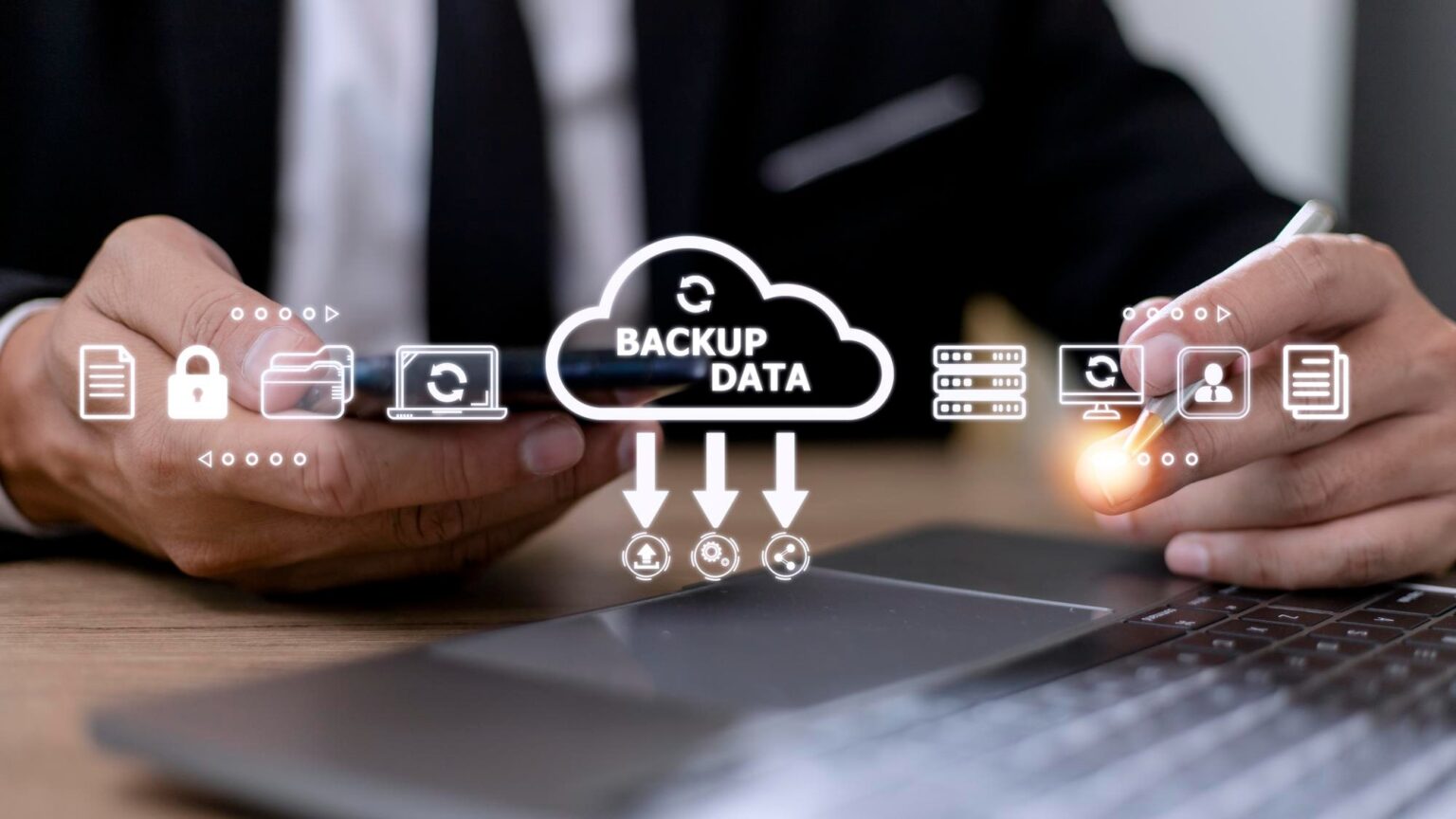Edge-to-Cloud data processing refers to the approach of analyzing and processing data at the edge of the network (close to where the data is generated) and in the cloud (remote servers and data centers). This approach aims to balance the processing power between edge devices and the cloud to achieve optimal performance and efficiency.
Edge computing allows for faster processing and response times since the data is processed closer to the source, reducing latency and bandwidth requirements. It also enables real-time decision-making and reduces the need for constant communication with the cloud.
On the other hand, cloud computing provides massive storage and computing resources, making it possible to handle large volumes of data, run complex algorithms, and train machine learning models. The cloud also provides a centralized management and monitoring system, making it easier to manage and maintain edge devices.
The challenge is to find the right balance between edge and cloud computing, depending on the specific use case and requirements. In some cases, it may make sense to process all data at the edge, while in others, it may be more efficient to send all data to the cloud for processing. In many cases, a hybrid approach that combines both edge and cloud processing can provide the best of both worlds.
In the context of AI, edge-to-cloud processing can enable the deployment of AI models to edge devices such as sensors, cameras, and other IoT devices, allowing for real-time inference and decision-making without requiring constant communication with the cloud. This approach can be particularly useful in applications such as autonomous vehicles, smart cities, and industrial IoT.



